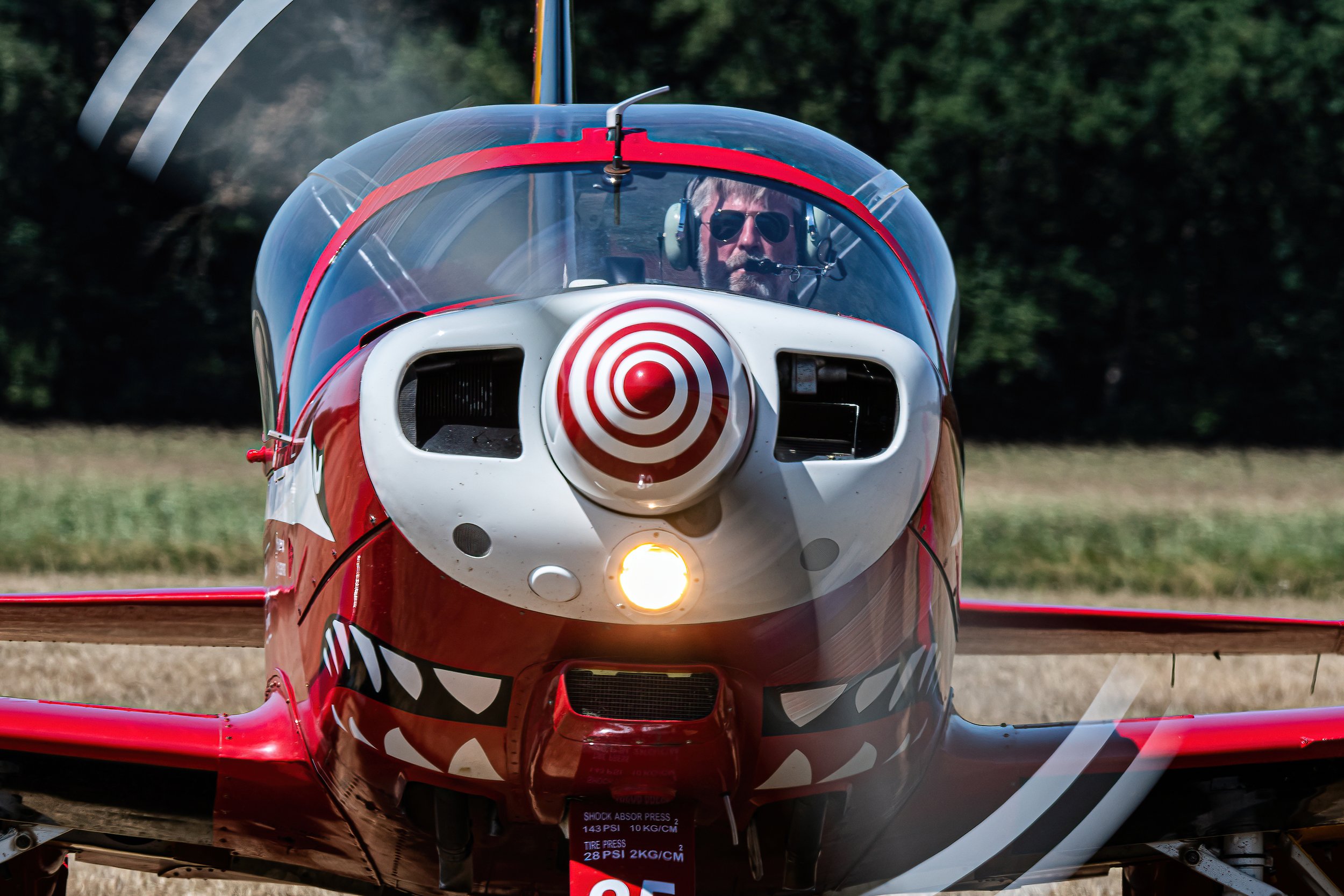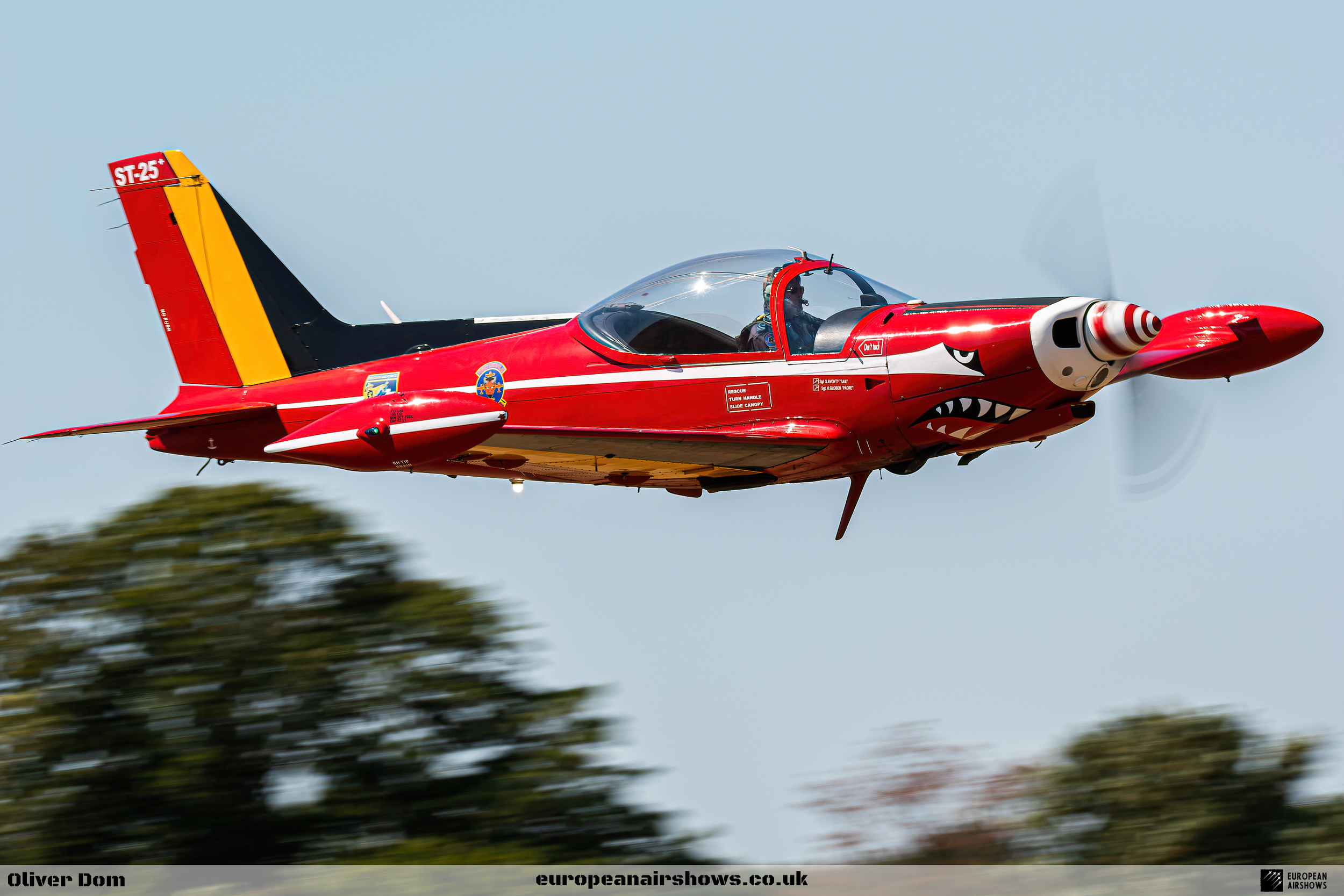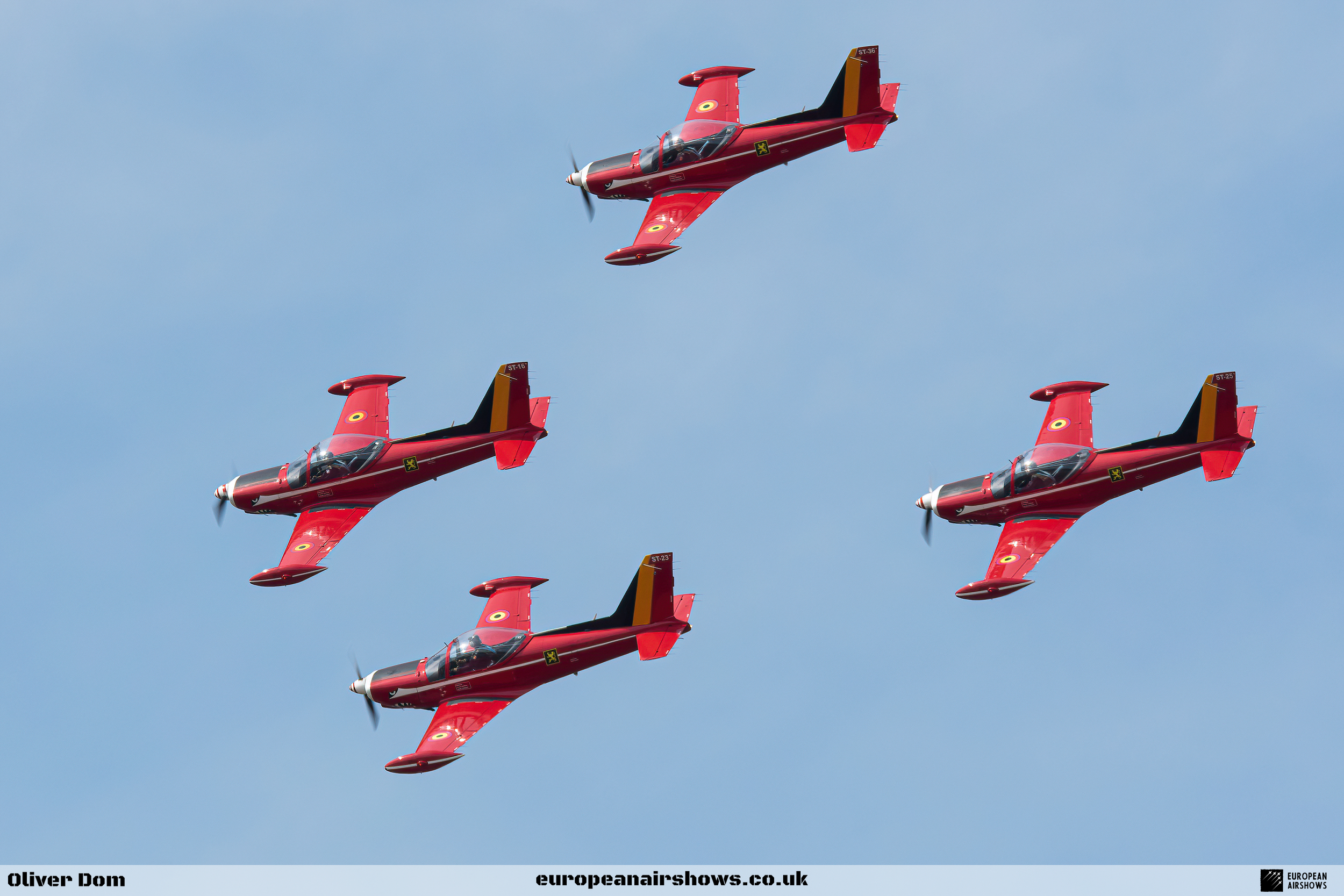
July 15 / SIAI-Marchetti SF.260 first flight
First Flight 15 July 1964
SIAI-Marchetti SF.260
The SIAI-Marchetti SF.260 (now Leonardo SF-260) is an Italian light aircraft which has been commonly marketed as a military trainer and aerobatics aircraft.
The SF.260 was designed by Italian aircraft designer Stelio Frati, while production work was originally performed by Milan-based aviation manufacturer Aviamilano. On 15 July 1964, the first prototype performed its maiden flight (then designated F.260). Shortly thereafter, responsibility for production was transferred to SIAI Marchetti, who had purchased the rights to the design; manufacturing continued to be performed by this firm until the company was bought by Aermacchi in 1997.
The SF.260 has been largely sold to military customers as a trainer and light combat aircraft. In addition, there have been limited civil sales to private operators; during the late 1960s, the type was marketed in the United States under the name Waco Meteor. Armed military versions, sold as the SF.260W Warrior, proved to be popular with smaller air forces, which could arm the type for use in the close air support role. Both piston-powered and turboprop-powered models have been developed.
During the early 1960s, Italian aircraft designer Stelio Frati commenced work on a new three-seat aerobatic design, which was primarily intended to serve as a sports aircraft. Unlike many of its peers of the era, it was developed to possess aerobatic capabilities akin to contemporary combat aircraft, as well as being equipped for instrument flight rules (IFR) flight. This design drew heavily upon his previous projects, including the jet-powered Caproni Trento F-5 prototype trainer and the Falco F8L twin-seat aerobatic aircraft, sharing the same wing and a similar structure to the Falco. The envisioned aircraft, initially designated as the F.250 due to the horsepower of its engine, was Frati's first all-metal aircraft.
On 15 July 1964, the type performed its maiden flight. In the aftermath of the maiden flight, prime responsibility for the type's manufacture was acquired from Aviamilano by SIAI Marchetti, which had purchased the rights to the design outright. Shortly after entering production, the SF.260 found itself in high demand by military customers, who often adopted it interchangeably as a military trainer or as a lightweight ground-attack aircraft. Between 1964 and 1984, the majority of customers for the type were military, while a small number of private pilots had been able to obtain a few, although supply in this respect was constrained.
During the late 1960s, the aircraft was marketed in the United States market as the Waco Meteor, although it had no connections of any form with the Waco Aircraft Company; the venture was relatively unsuccessful. During the late 1970s and 1980s, American airline pilot Frank Strickler became a major reseller of the type, being credited with re-launching civil sales of the SF.260 in the region, acquiring them from SIAI Marchetti in small batches and individually selling them on to US-based customers.
During the late 1970s, an improved model of the SF.260A, designated as the SF.260C, had replaced it in production. This model featured various improvements, including redesigned tabs on the ailerons, a strengthened wing, a re-profiled aerofoil for improved low-speed handling, and an elongated tail/rudder. The SF.260C was designed for compliance with the requirements of military specifications. The only structural difference between the SF.260C and its armed brethren, the SF.260W Warrior and the SF.260SW Sea Warrior is the presence of underwing hardpoints for attaching equipment and armaments.
During 1980, SIAI Marchetti performed the first flight of a turboprop-powered SF.260TP, powered by an Allison Model 250 engine flat-rated at 350 shp. This variant was marketed towards the military trainer market, which soon adopted the type. In August 1986, Gates Learjet was approached by SIAI Marchetti to modify the SF.260TP for it to be compliant with the requirements of the Federal Aviation Administration's (FAA) FAR Part 23, thus allowing it to be certified for civil use. Modifications were made in order to achieve lower stall speed and greater payload capacity, these performance improvements were principally achieved through aerodynamic alterations, such as the adoption of 'shark's teeth' along the wing's leading edge.
In 1991–1992, SIAI-Marchetti proposed an updated SF.260, with an enlarged cockpit canopy and a revised fuel system to meet the United States Air Force's Enhanced Flight Screener competition. While the bid was unsuccessful (with the Slingsby T67 Firefly being preferred, it formed the basis for future production, as the fuel-injected SF.260E and the normally aspirated SF.260F. In 2005, a batch of thirty SF.260EA was delivered to the Italian Air Force for a total price of €33 million ($40 million). This model, which had been specially developed to meet an Italian Air Force requirement for an advanced piston-engine aircraft, is used for screening and principal training activities.
Production of the SF.260 continued at a low rate until 2017. A total of 976 aircraft, including prototypes, were built.
SF.260 Facts
Designer: The SF.260 was designed by the renowned Italian aircraft designer Stelio Frati in the early 1960s. Frati was known for his elegant and high-performance aircraft designs, and the SF.260 is no exception.
First Flight: The prototype of the SF.260 made its maiden flight on July 15, 1964. The aircraft quickly gained a reputation for its excellent handling characteristics and versatility.
Primary Role: The SF.260 was primarily designed as a military trainer aircraft. It is used for basic and advanced flight training, aerobatics, and light attack missions. Its performance and handling make it an excellent platform for pilot training.
Construction: The SF.260 features an all-metal construction with a low-wing monoplane design. Its robust airframe and retractable tricycle landing gear contribute to its durability and operational flexibility.
Engine: The SF.260 is typically powered by a Lycoming O-540 engine, a six-cylinder, air-cooled piston engine. This engine provides the aircraft with a good balance of power and efficiency, allowing it to reach speeds of up to 345 km/h (214 mph).
Aerobatic Capabilities: The SF.260 is renowned for its aerobatic capabilities. It is fully certified for aerobatic flight and can perform a variety of complex manoeuvres, making it a favourite among aerobatic pilots and airshow performers.
Variants: There are several variants of the SF.260, each tailored for specific roles. Notable variants include the SF.260M (military trainer), SF.260W Warrior (armed version), and SF.260TP (turbo-prop version). The turboprop variant features a more powerful Allison 250-B17D engine.
Global Use: The SF.260 has been adopted by numerous air forces around the world. Countries such as Italy, Belgium, the Philippines, and Venezuela have used the SF.260 for training and light attack missions, demonstrating its international appeal and versatility.
Civilian Use: In addition to its military applications, the SF.260 is also popular in the civilian market. It is used by private owners, flying clubs, and flight schools for pilot training, recreational flying, and aerobatic competitions.
Enduring Legacy: Despite being designed over 50 years ago, the SF.260 remains in production and continues to be a popular choice for both military and civilian operators. Its combination of performance, reliability, and versatility has ensured its enduring legacy in the aviation world.

















